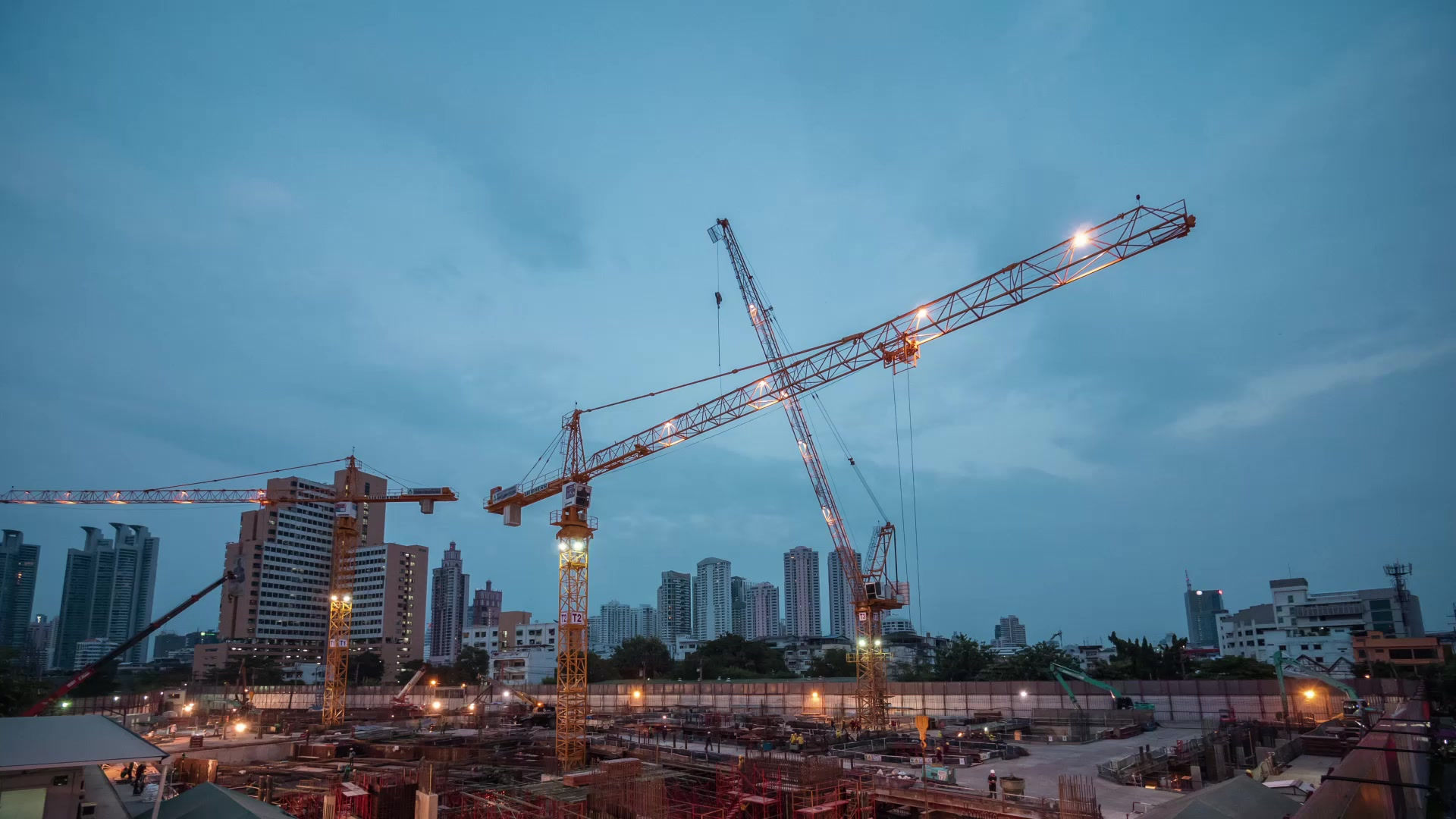Optimising Server Room Power Management
- service73125
- Oct 20
- 4 min read
Updated: 20 hours ago
Managing power in a server room is critical for maintaining uptime and protecting valuable IT assets. When you optimise server power management, you reduce risks of outages, improve energy efficiency, and extend the lifespan of your equipment. This post provides practical advice on how to achieve these goals with clear steps and examples.
Understanding Server Power Management
Server power management involves controlling and monitoring the electrical power supplied to your servers and related equipment. It ensures that power delivery is stable, efficient, and scalable to meet your business needs. Without proper management, you risk unexpected downtime, hardware damage, and increased operational costs.
To start, assess your current power setup. Identify the power sources, distribution units, and backup systems in place. Check if your power infrastructure supports your server load and growth plans. Use power monitoring tools to track consumption patterns and detect anomalies early.
Key components of server power management include:
Uninterruptible Power Supplies (UPS): Provide backup power during outages.
Power Distribution Units (PDU): Distribute power safely to multiple devices.
Power Monitoring Systems: Track usage and alert on irregularities.
Energy-efficient Hardware: Servers and components designed to consume less power.
By focusing on these areas, you can create a resilient power environment that supports your IT infrastructure reliably.

Best Practices for Server Power Management
Implementing best practices helps you optimise power use and prevent failures. Here are some practical steps you can take:
Conduct a Power Audit
Review your current power consumption and capacity. Identify underutilised or overloaded circuits. This helps you plan upgrades or redistribute loads effectively.
Use Redundant Power Supplies
Equip servers with dual power supplies connected to separate circuits. This redundancy ensures continuous operation if one supply fails.
Implement Power Monitoring Tools
Use software and hardware solutions to monitor power usage in real time. Set alerts for unusual spikes or drops that could indicate problems.
Schedule Regular Maintenance
Inspect power equipment regularly. Replace aging UPS batteries and check PDUs for wear or damage.
Adopt Energy-Efficient Equipment
Choose servers and components with high energy efficiency ratings. This reduces heat output and lowers cooling costs.
Plan for Scalability
Design your power infrastructure to accommodate future growth. Avoid overloading circuits by anticipating additional server deployments.
Ensure Proper Cooling
Efficient cooling reduces power consumption and prevents overheating. Use hot aisle/cold aisle configurations and monitor temperature closely.
By following these steps, you improve reliability and reduce operational costs.

How many amps does a server need?
Knowing the amperage requirements of your servers is essential for proper power distribution and safety. The amps a server needs depend on its specifications, workload, and power supply design.
Most standard rack servers draw between 5 to 15 amps at 120 volts, but this varies widely. High-performance servers or blade systems may require more power. To determine the exact amperage:
Check the server’s power supply label for maximum current ratings.
Use manufacturer datasheets for detailed power consumption figures.
Consider peak power draw during heavy processing tasks.
For example, a server with a 750-watt power supply running at 120 volts will draw about 6.25 amps (750W ÷ 120V = 6.25A). If you have multiple servers on one circuit, add their amperage to ensure the circuit is not overloaded.
Always leave a safety margin of 20-30% below the circuit’s maximum capacity to prevent tripping breakers. Consulting an electrician or power specialist is advisable when designing or upgrading your server room power setup.
Integrating Backup Power Solutions
Backup power is a cornerstone of reliable server power management. It protects your IT infrastructure from outages caused by grid failures or other disruptions.
Common backup power options include:
Uninterruptible Power Supplies (UPS): Provide immediate power during short outages and allow safe shutdowns.
Generators: Supply power during extended outages.
Battery Banks: Store energy for critical loads.
When selecting backup solutions, consider:
Capacity: Match UPS and generator capacity to your total server load.
Runtime: Ensure backup power lasts long enough for your needs.
Automatic Transfer Switches (ATS): Enable seamless switching between main power and backup.
Regularly test your backup systems to confirm they function correctly. Schedule maintenance for batteries and generators to avoid unexpected failures.
Integrating backup power with your monitoring system allows you to receive alerts and respond quickly to power events.

Monitoring and Optimising Energy Efficiency
Energy efficiency reduces costs and environmental impact. Monitoring power consumption helps you identify inefficiencies and optimise usage.
Steps to improve energy efficiency:
Use Power Usage Effectiveness (PUE) Metrics: Calculate PUE to measure data center energy efficiency. Aim for a PUE close to 1.0.
Implement Server Virtualisation: Consolidate workloads to reduce the number of physical servers.
Schedule Non-Critical Tasks Off-Peak: Run backups or updates during low-demand periods.
Adjust Power Settings: Use server power management features to reduce consumption during idle times.
Improve Cooling Efficiency: Use variable speed fans and optimize airflow.
Regularly review your energy data and adjust your strategy accordingly. Small changes can lead to significant savings over time.
Partnering for Reliable Server Room Power
Managing server power effectively requires expertise and reliable equipment. Partnering with a trusted provider ensures you get tailored solutions that fit your business needs.
For example, server room power solutions from experienced suppliers offer:
Customised power infrastructure design
High-quality UPS and backup systems
Ongoing maintenance and support
Energy efficiency consulting
Choosing the right partner helps you avoid costly downtime and supports your growth with scalable power solutions.
Optimising server power management is a continuous process. By assessing your current setup, implementing best practices, understanding your servers’ power needs, integrating backup solutions, and monitoring energy use, you create a robust IT environment. This approach safeguards your operations and supports business growth with reliable, efficient power infrastructure.




Comments